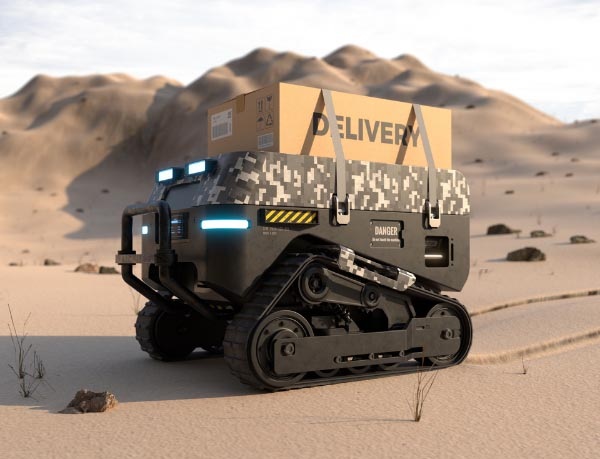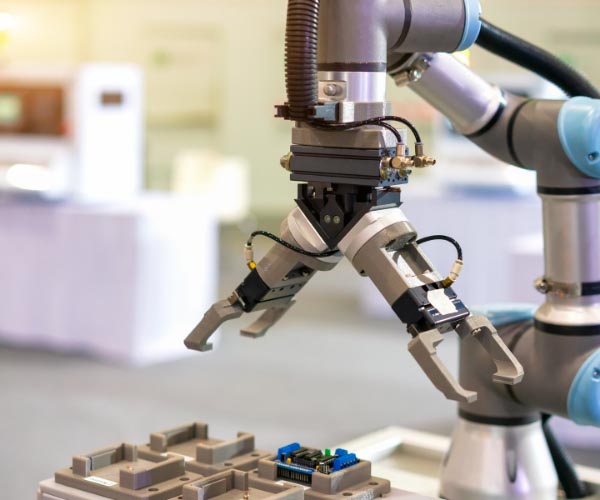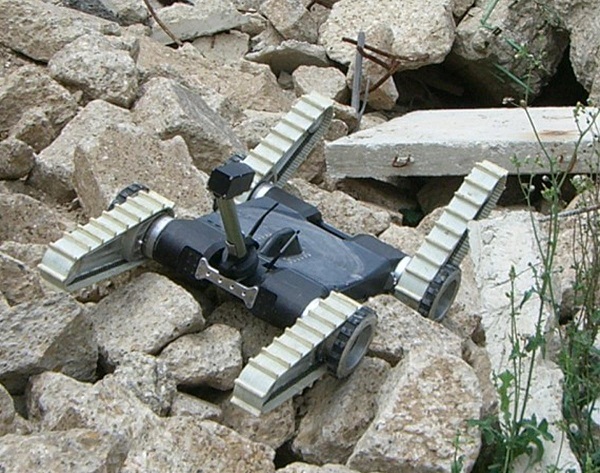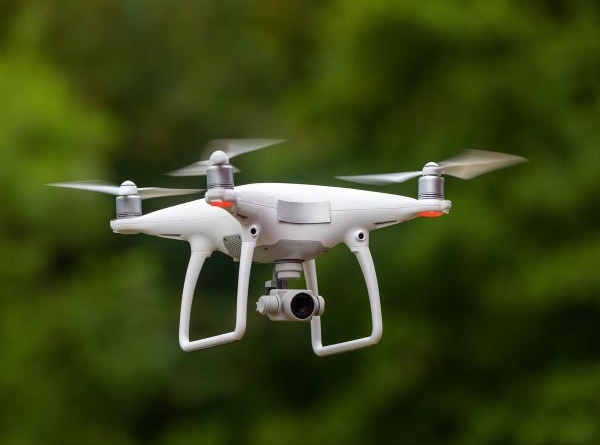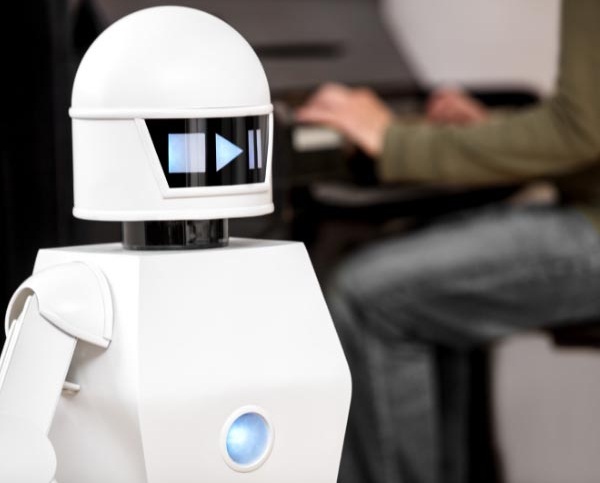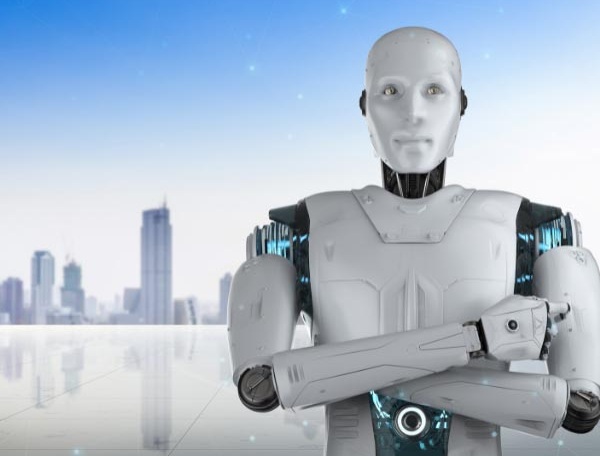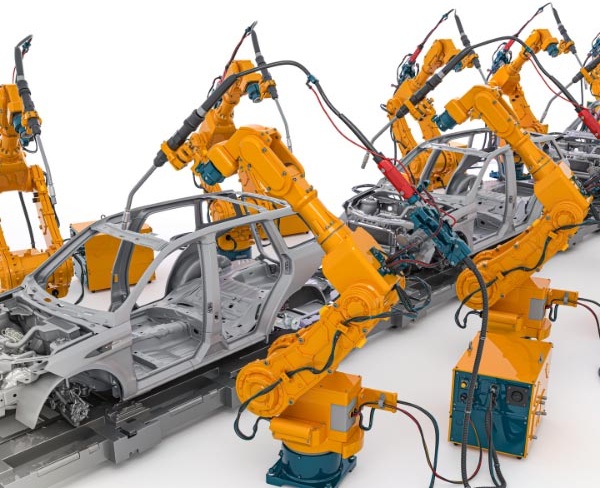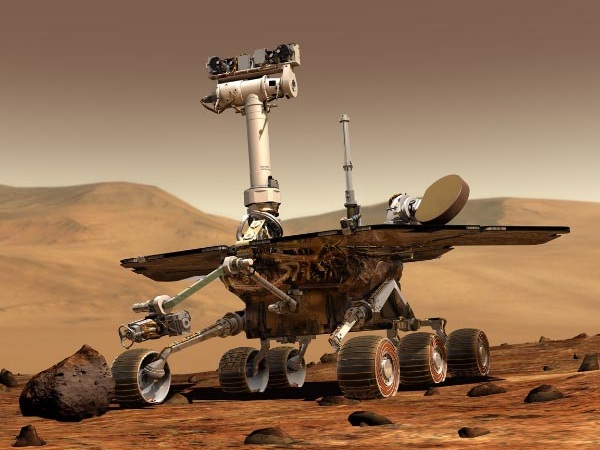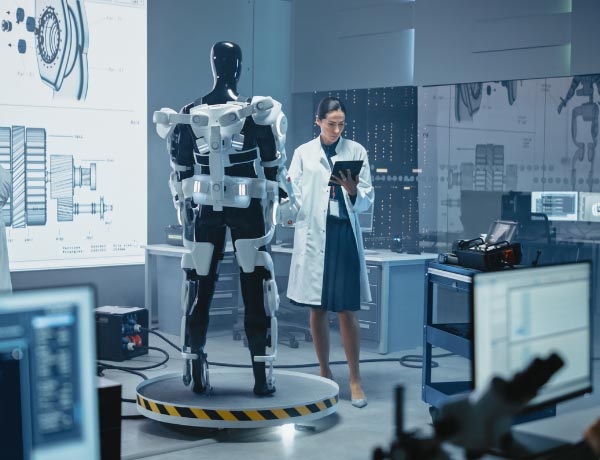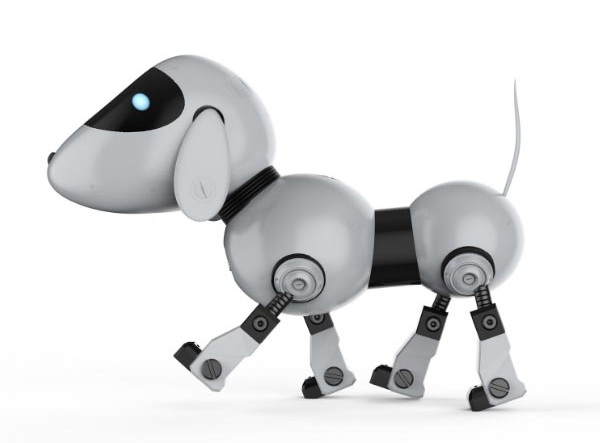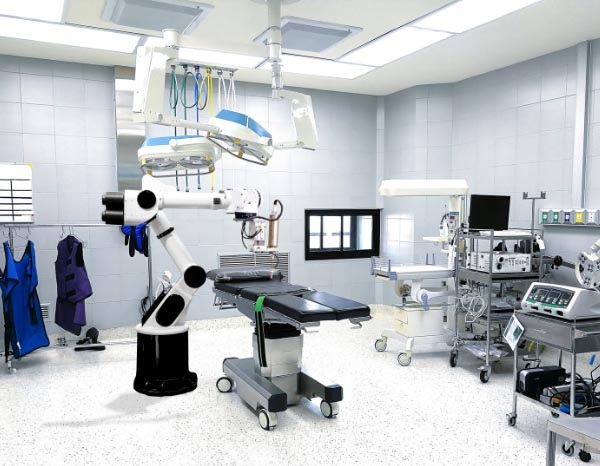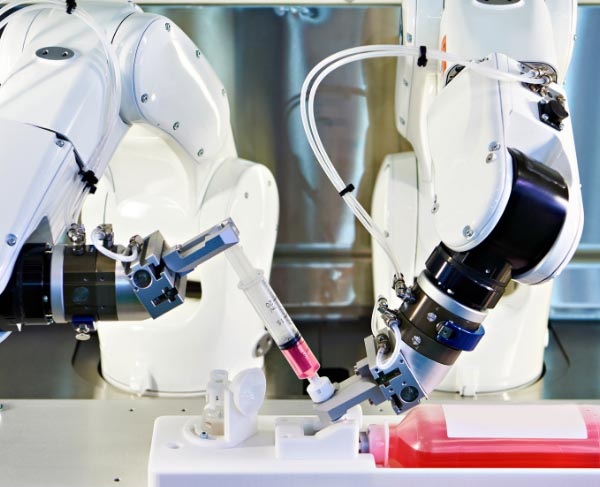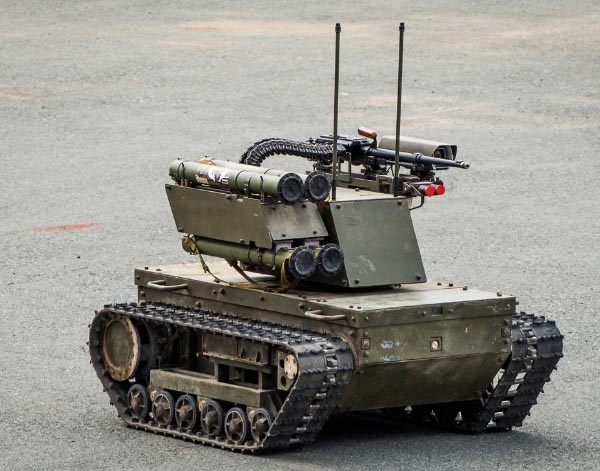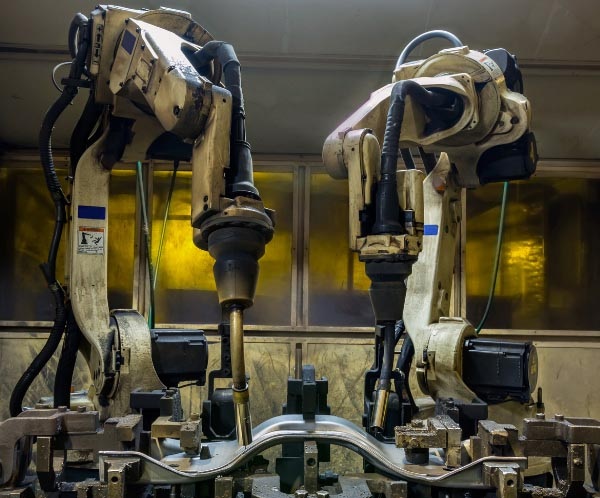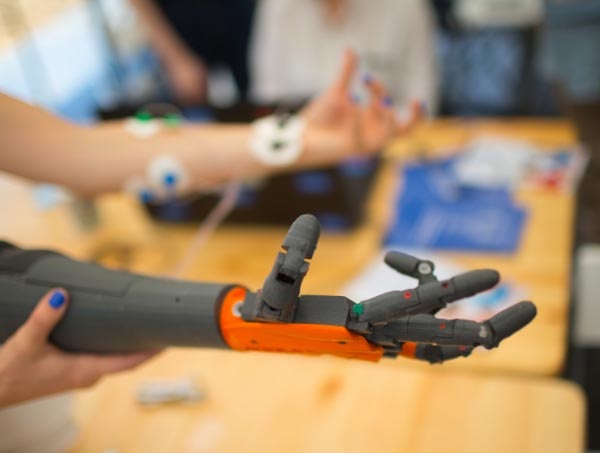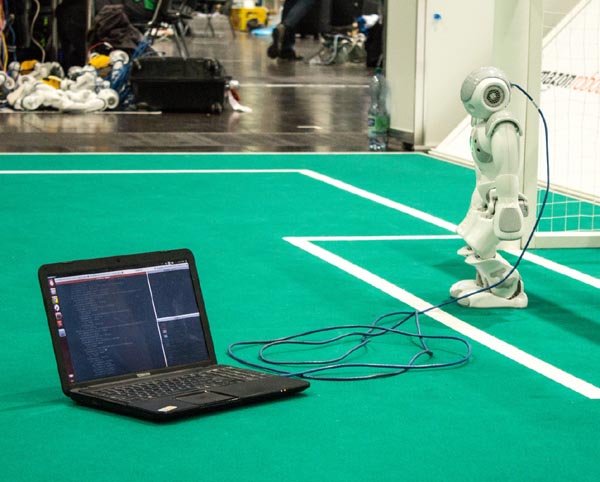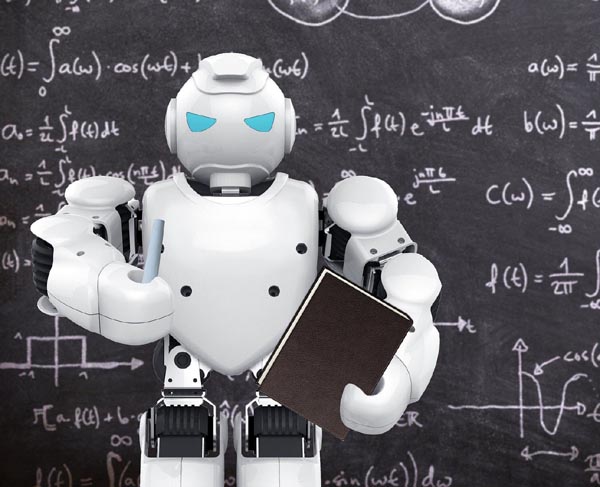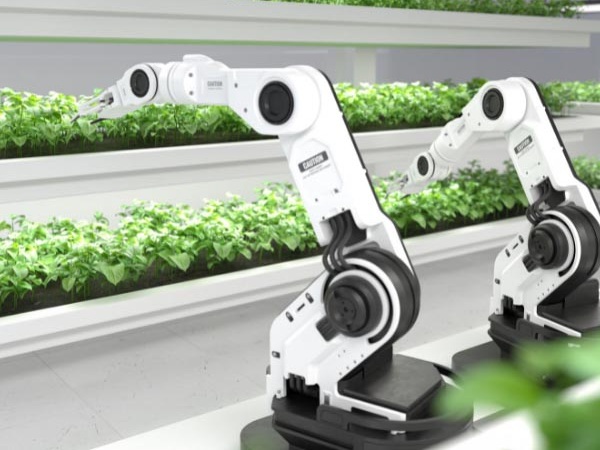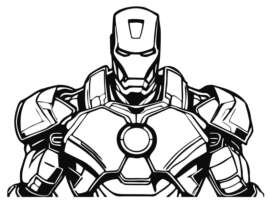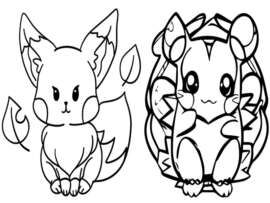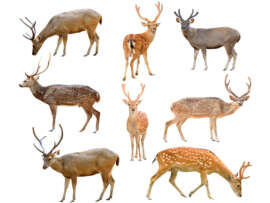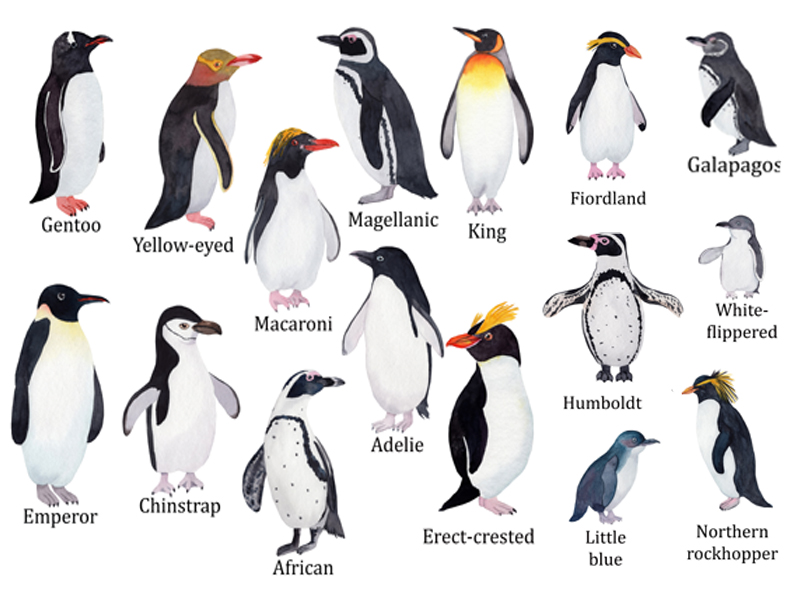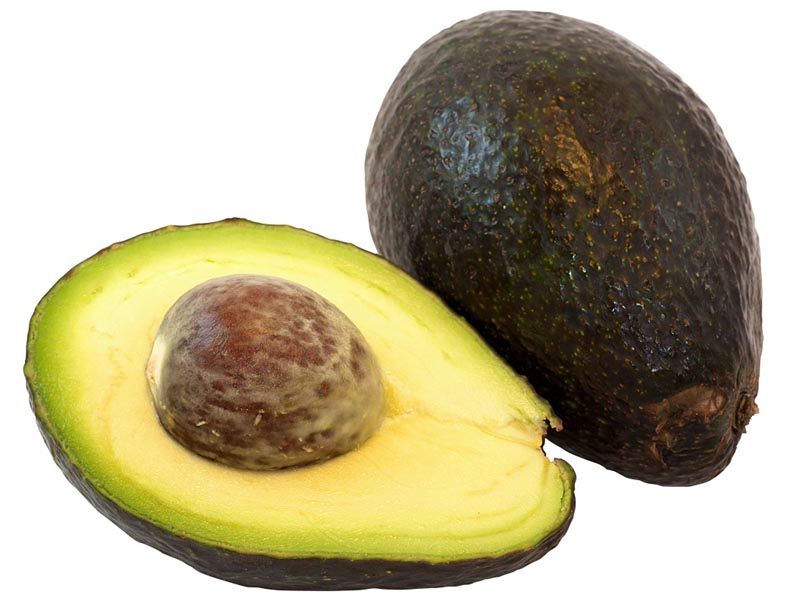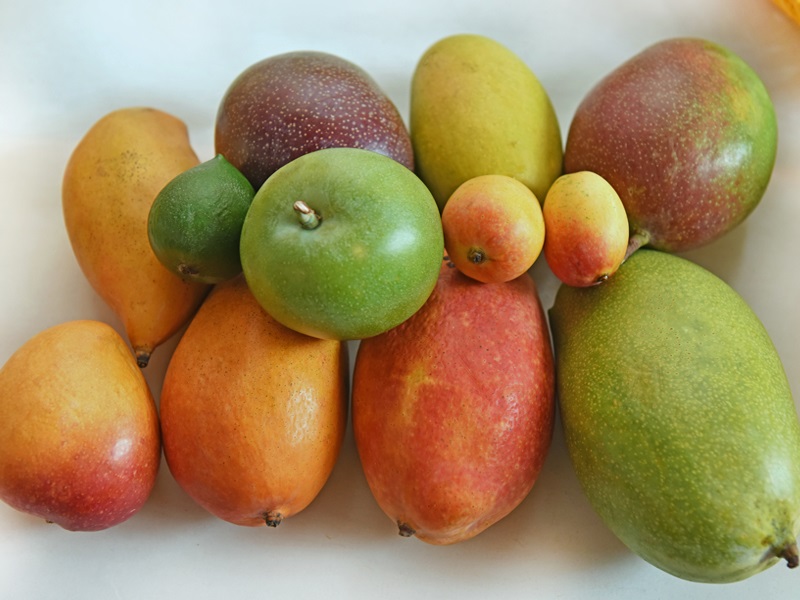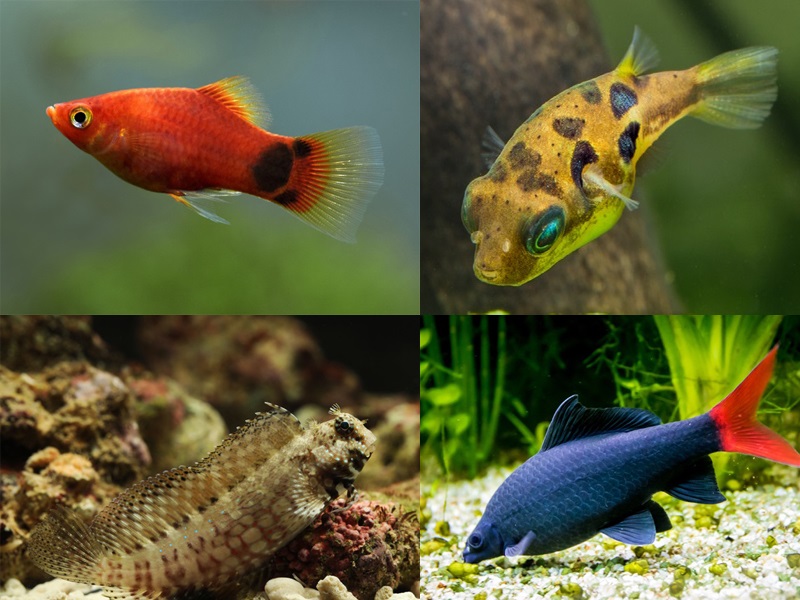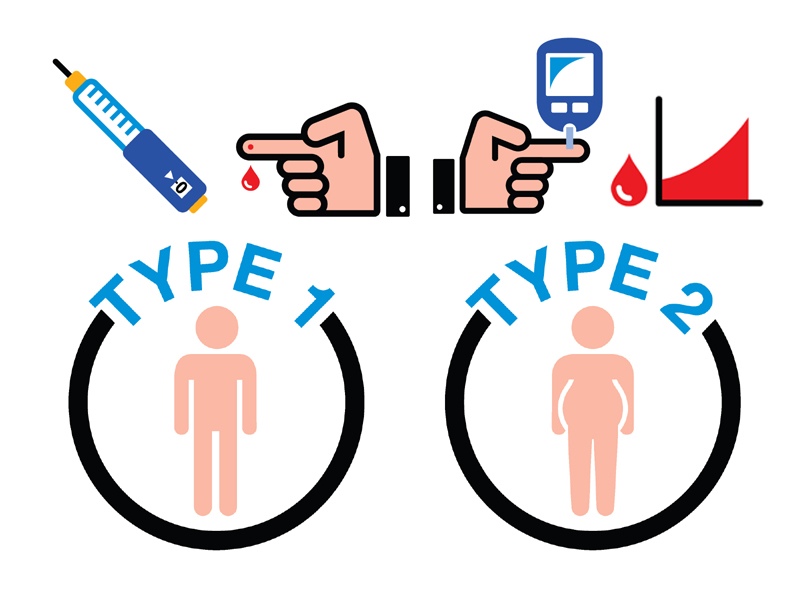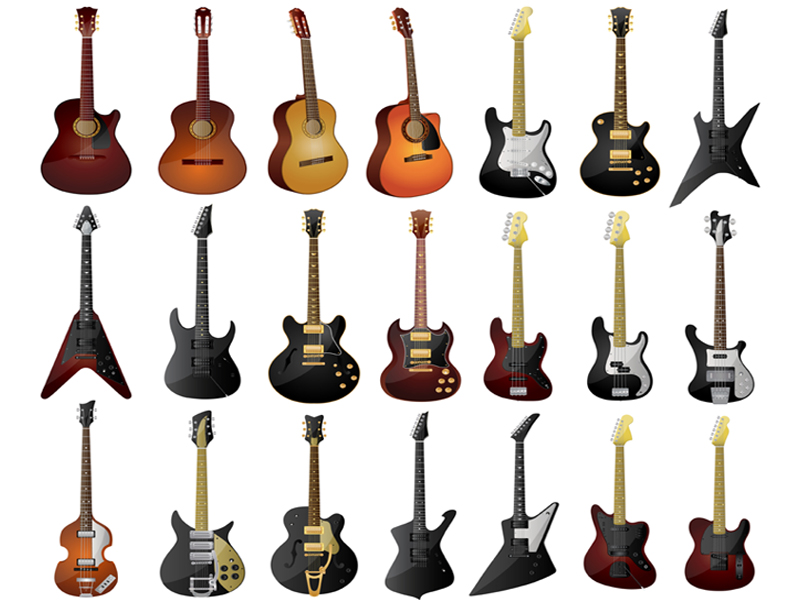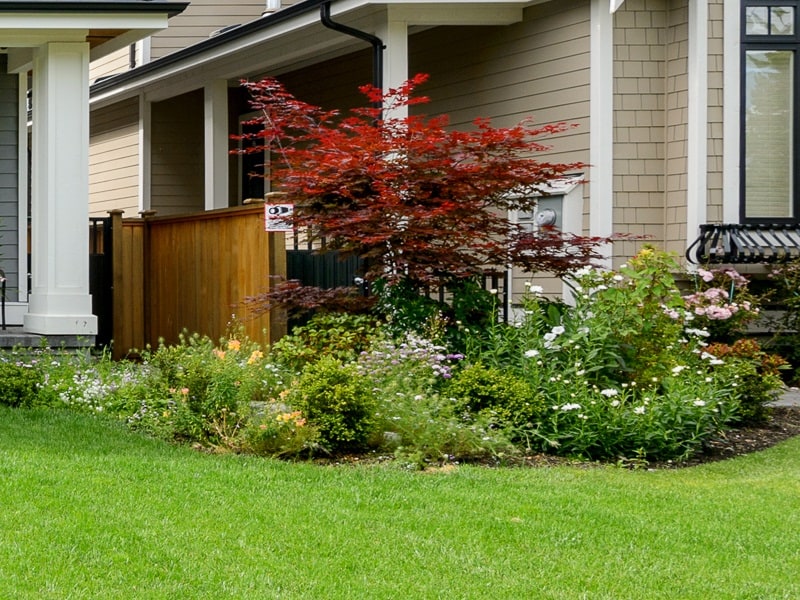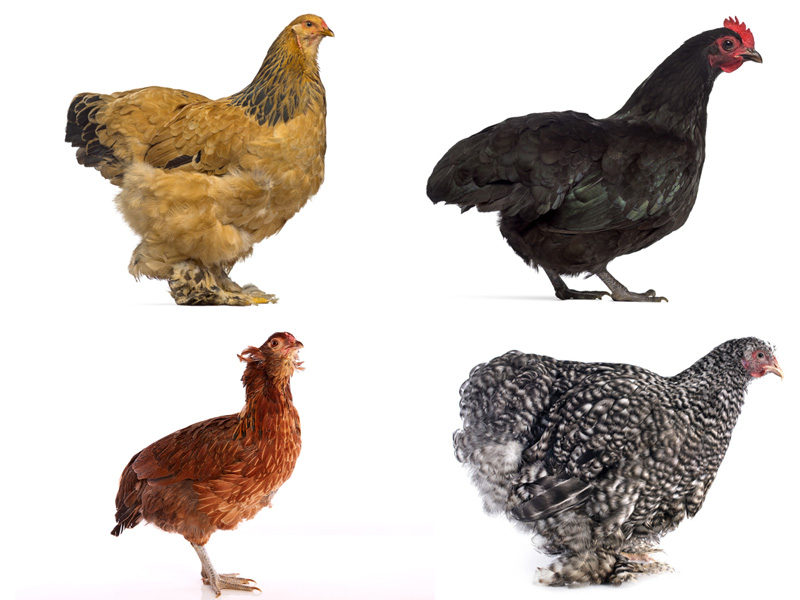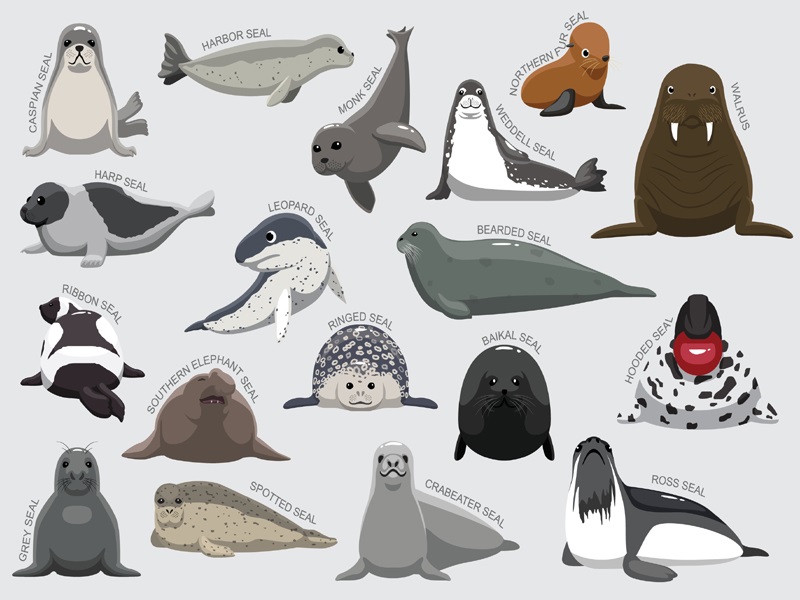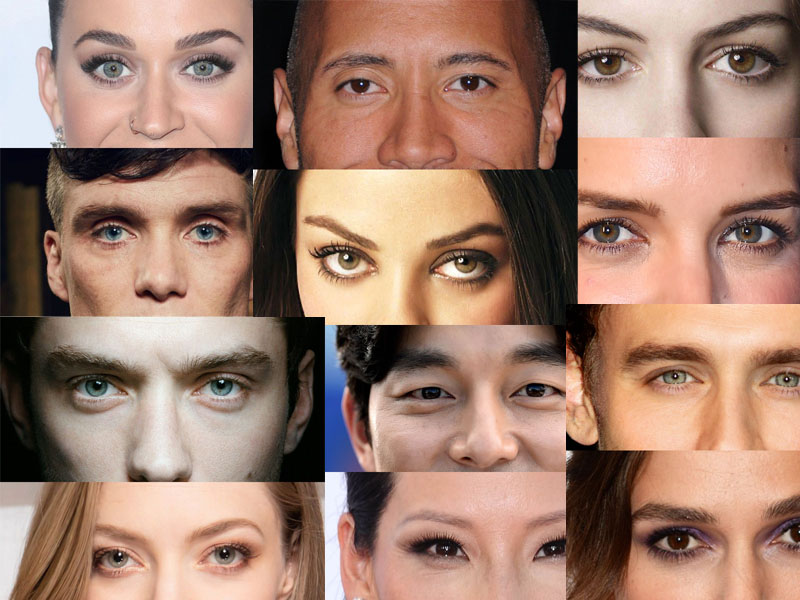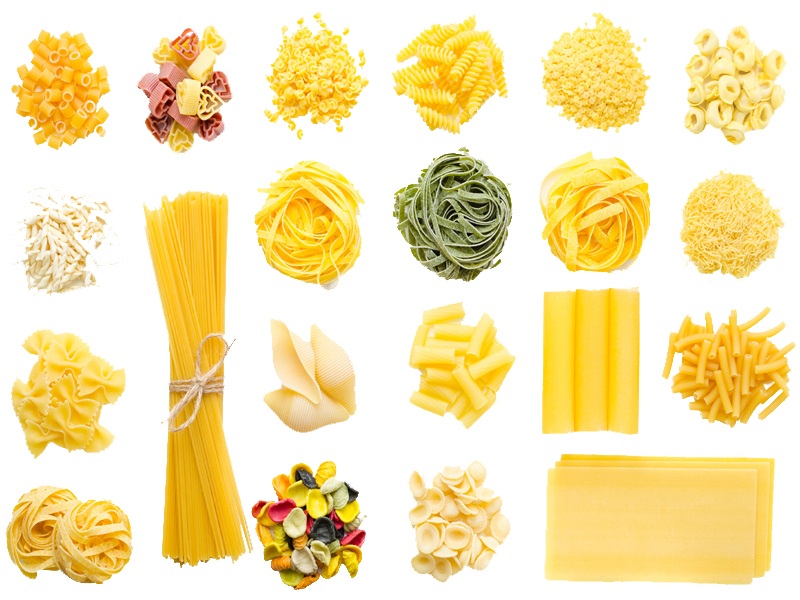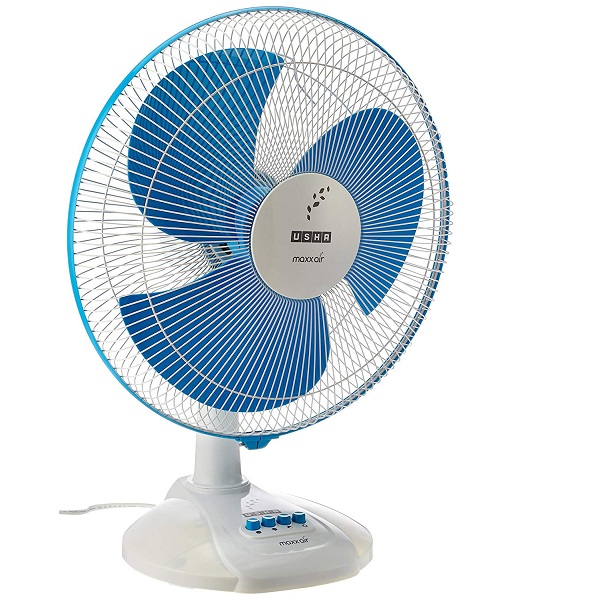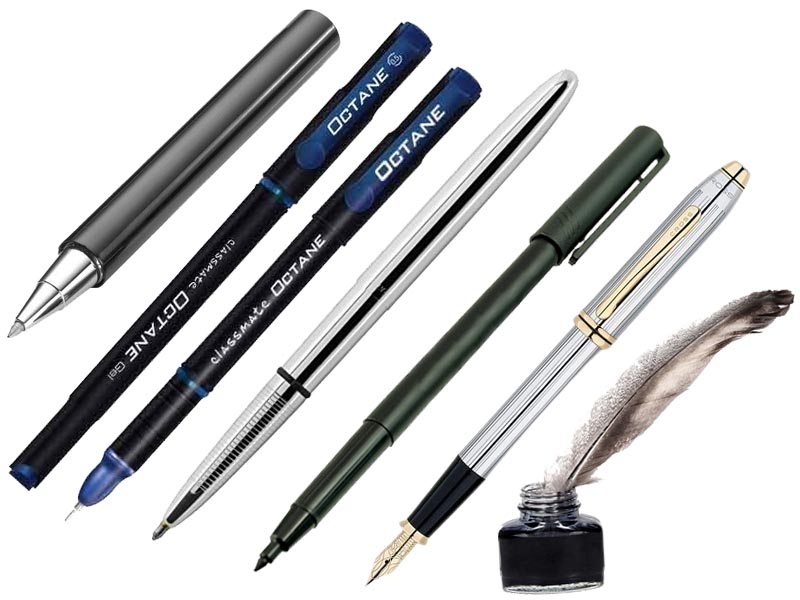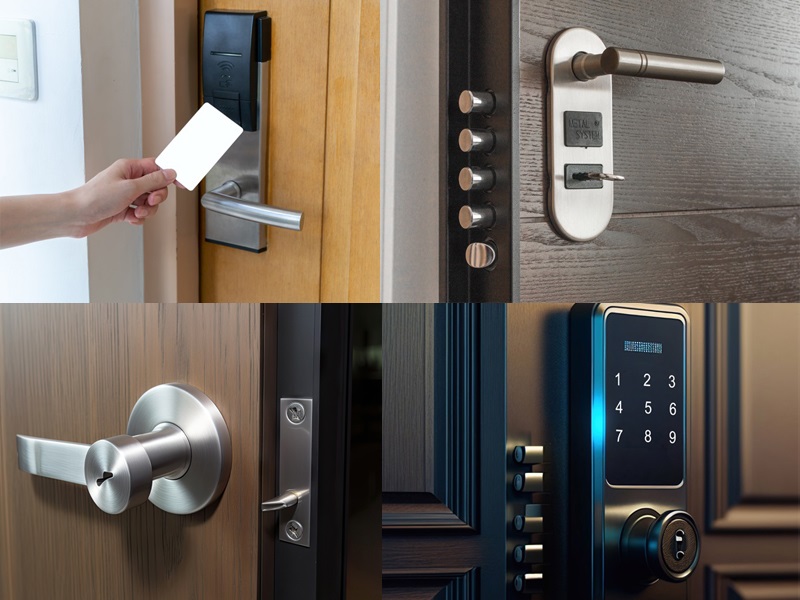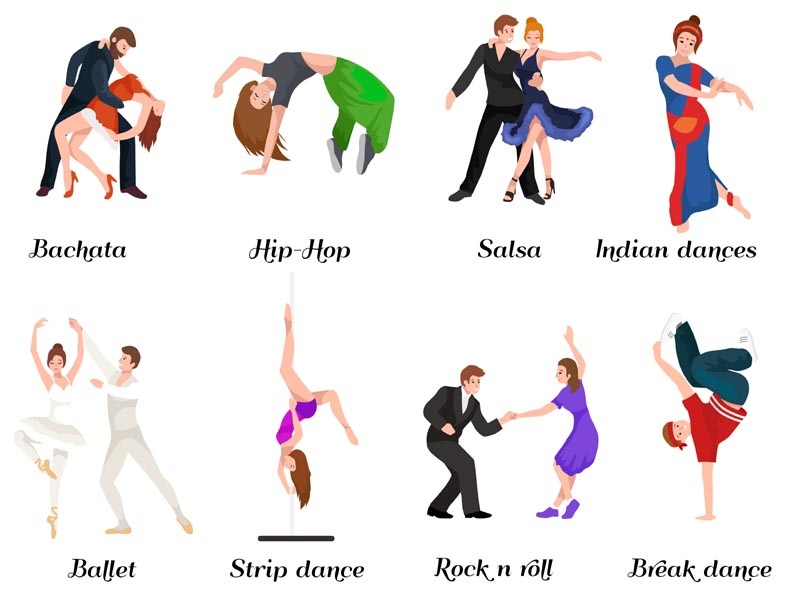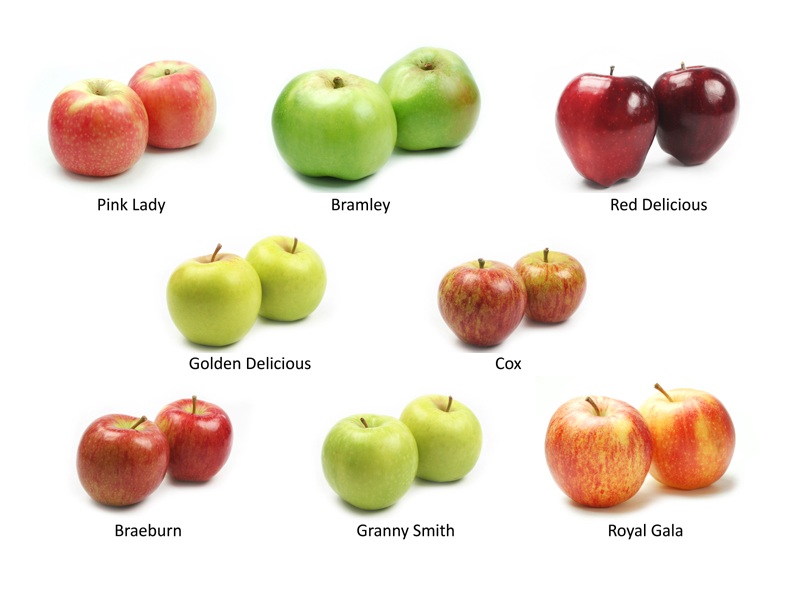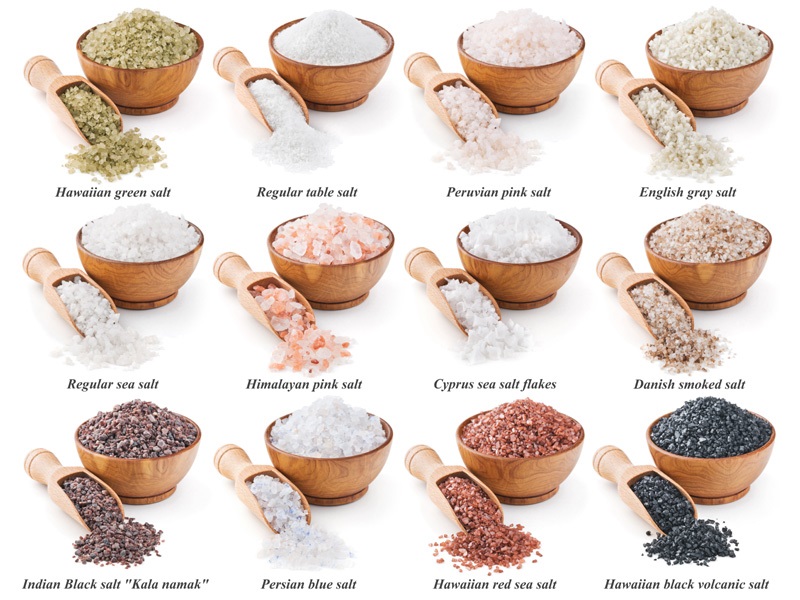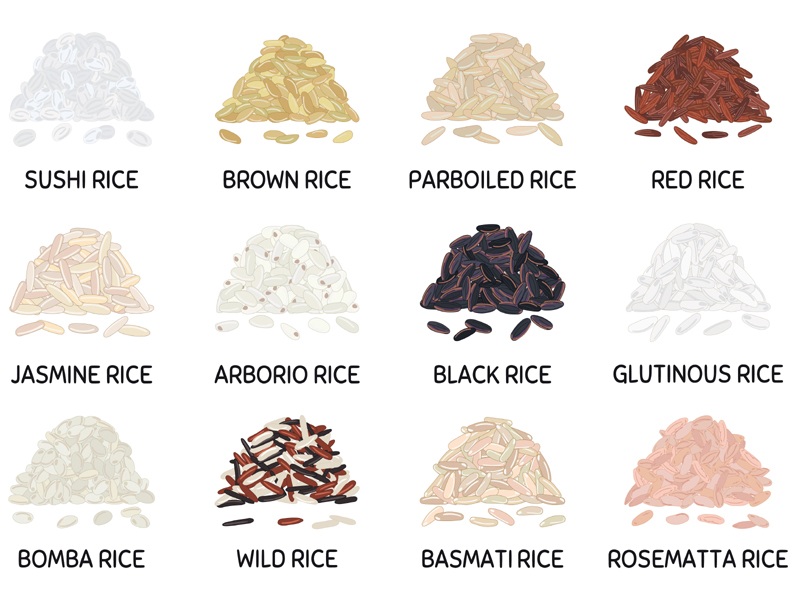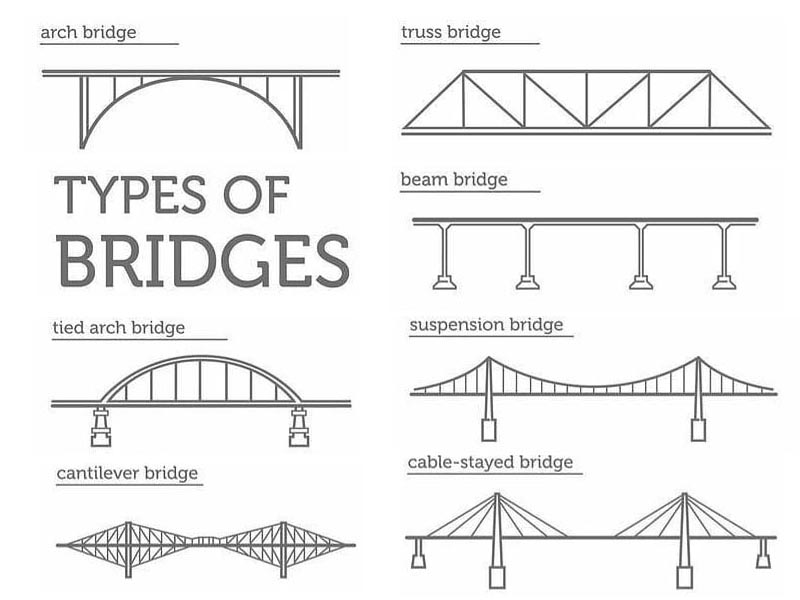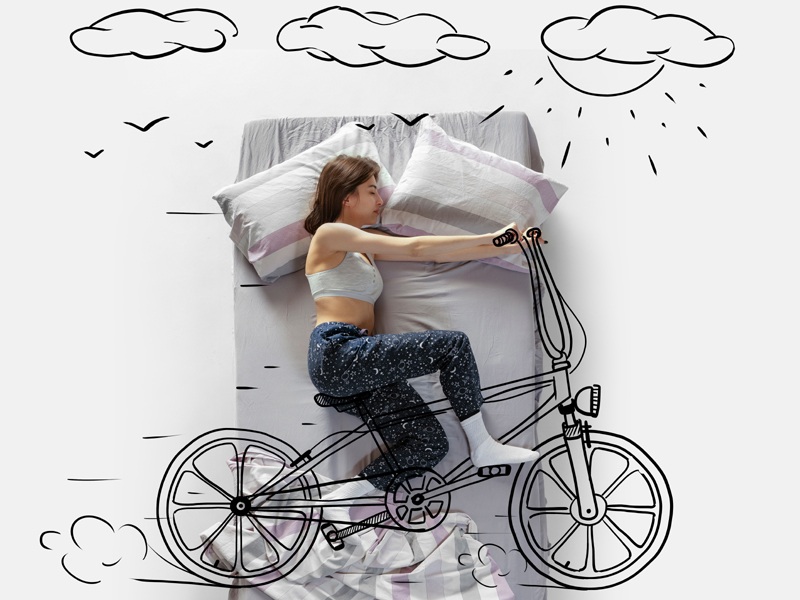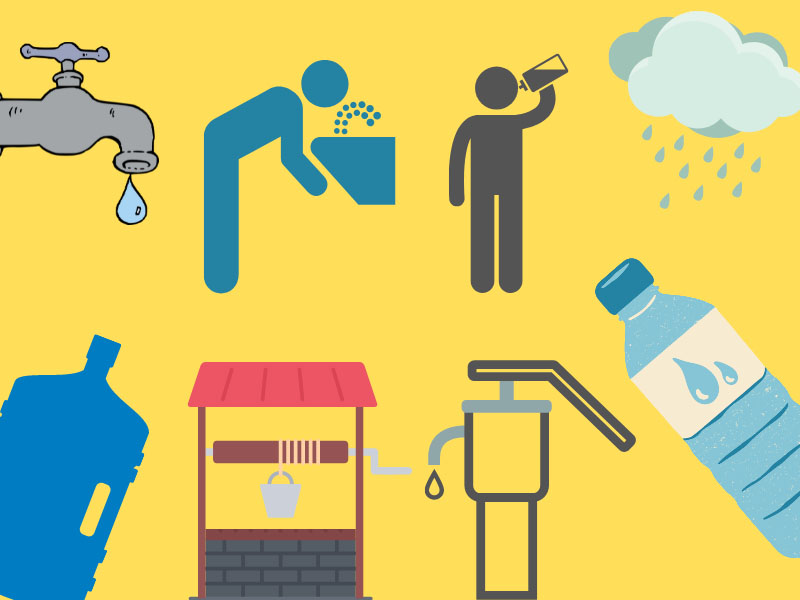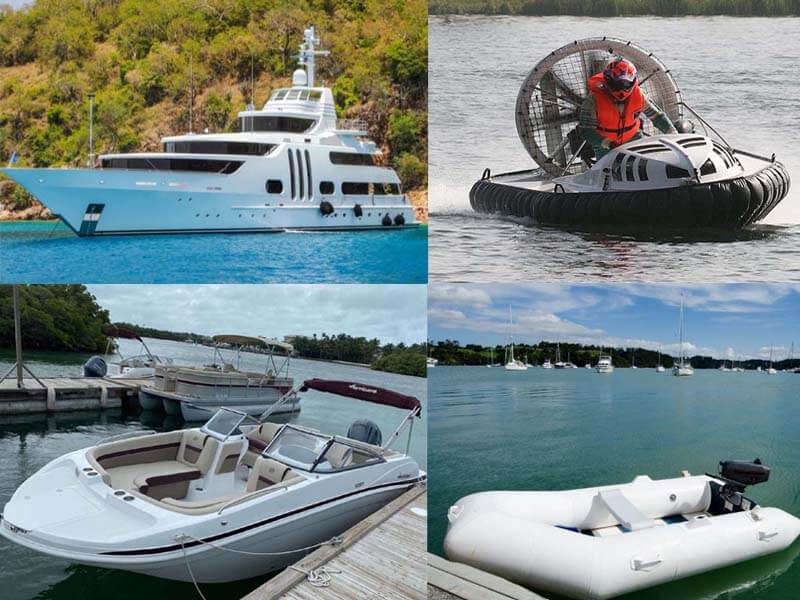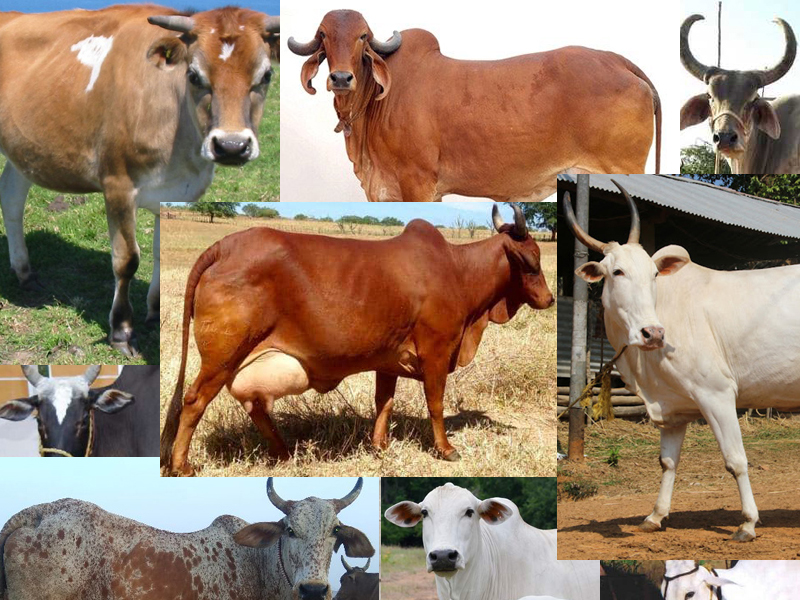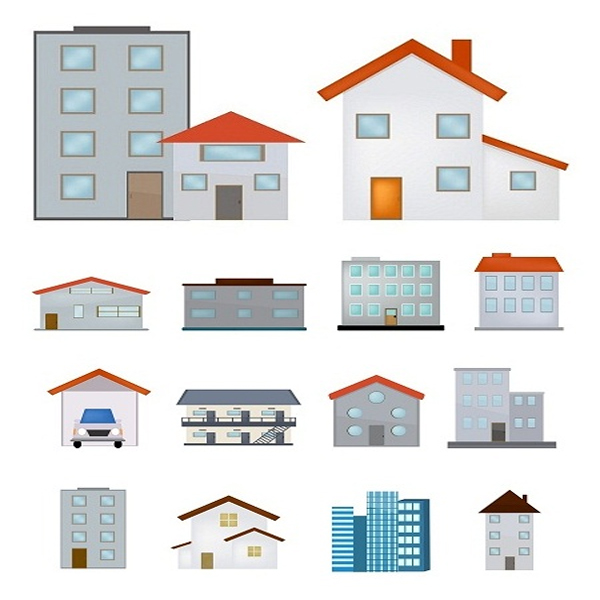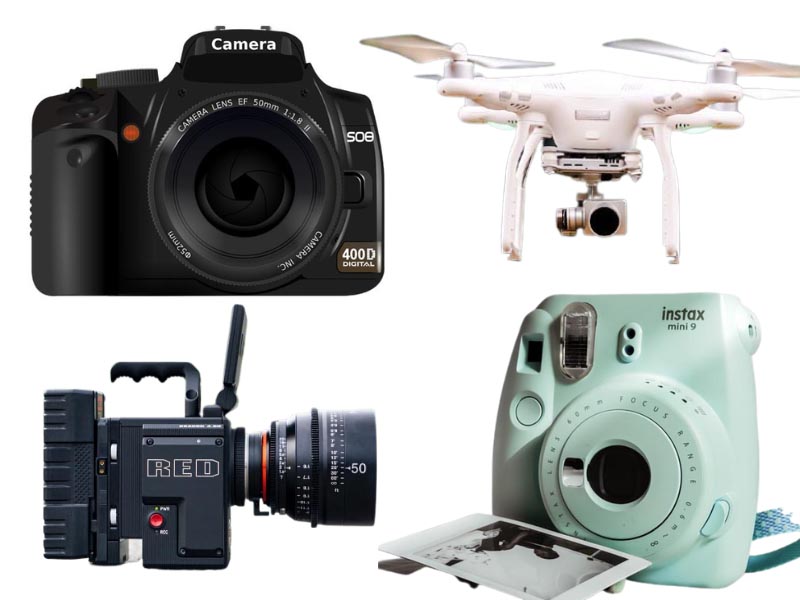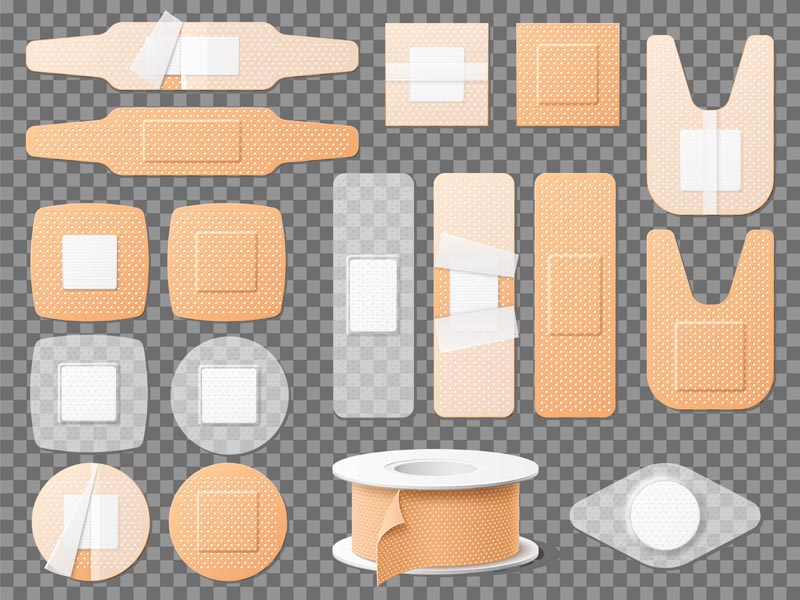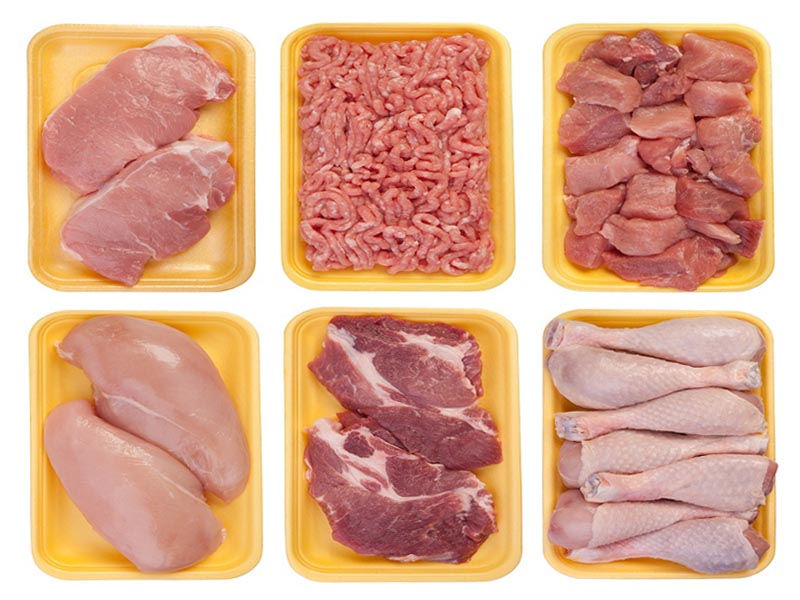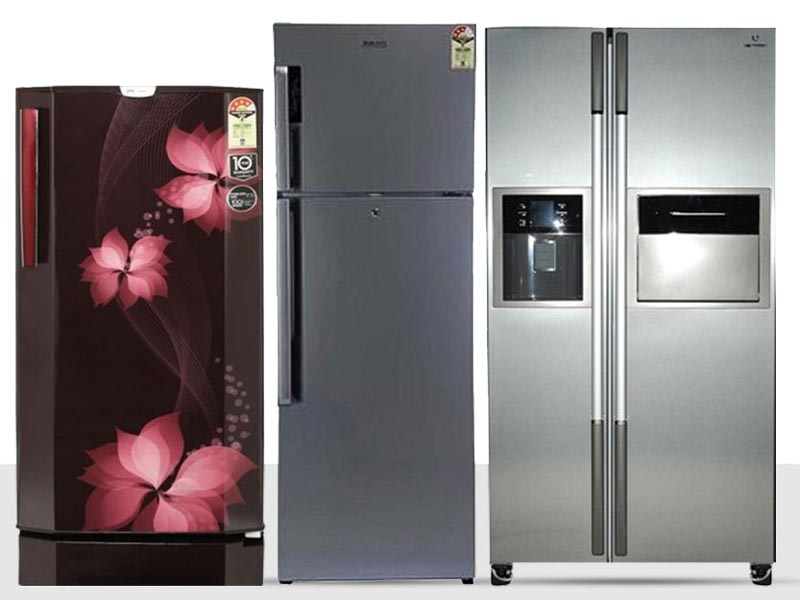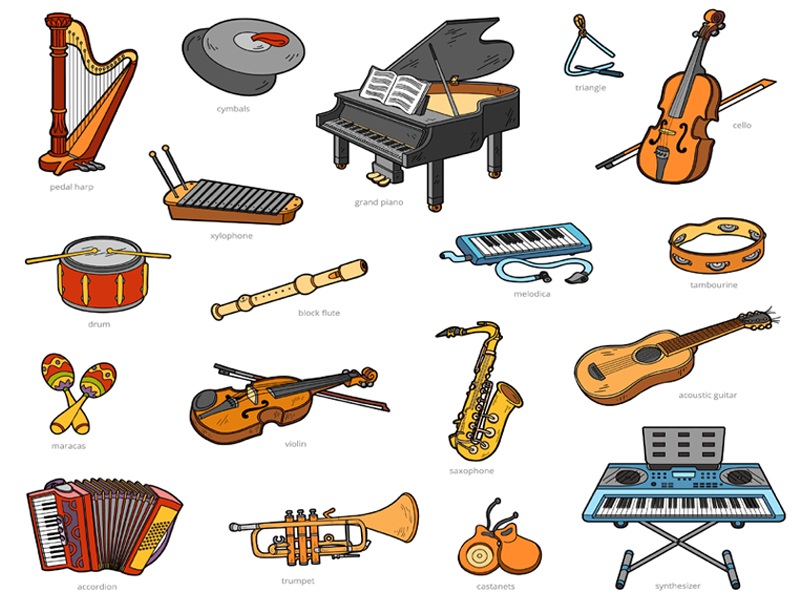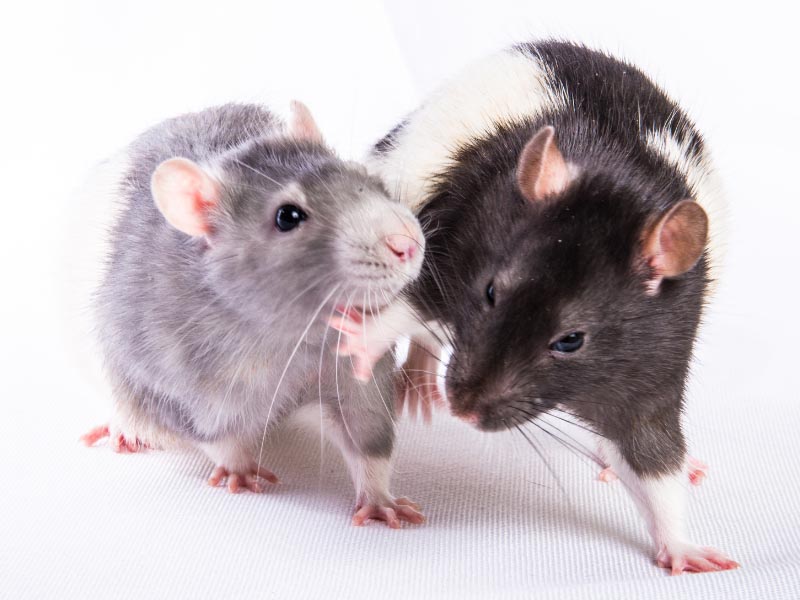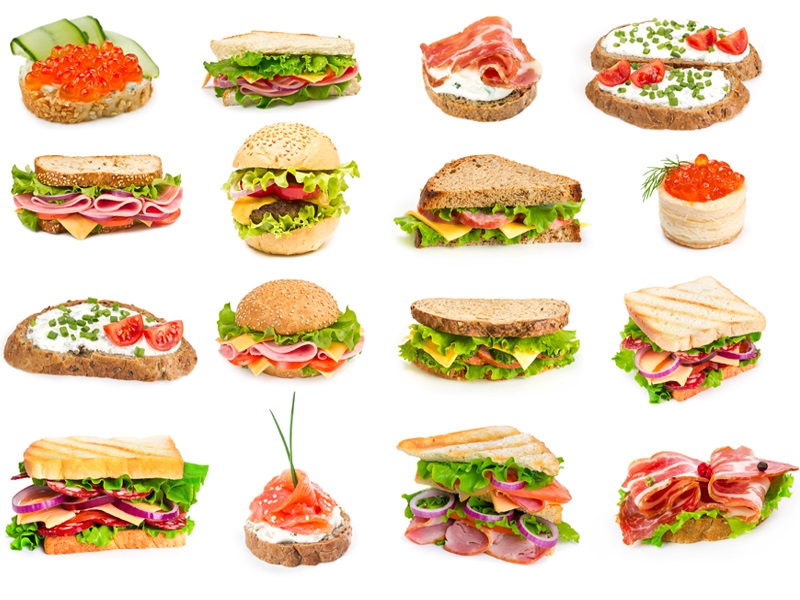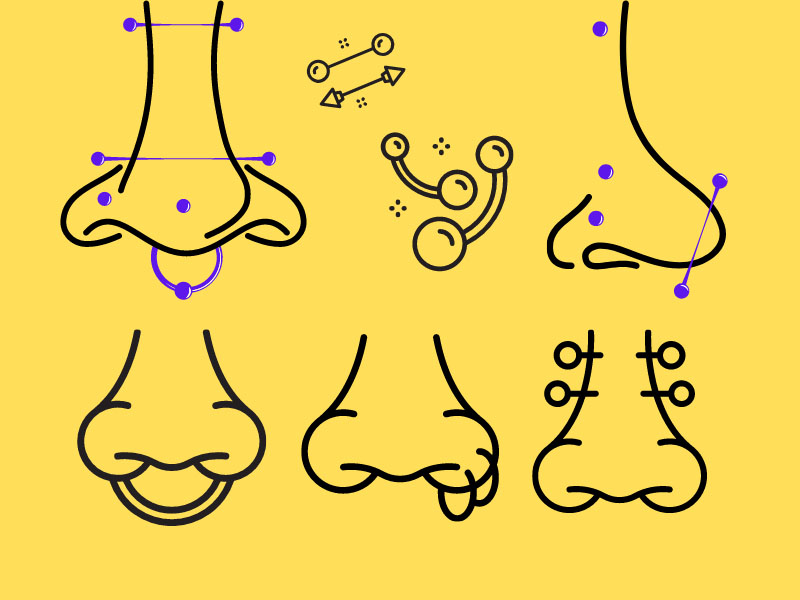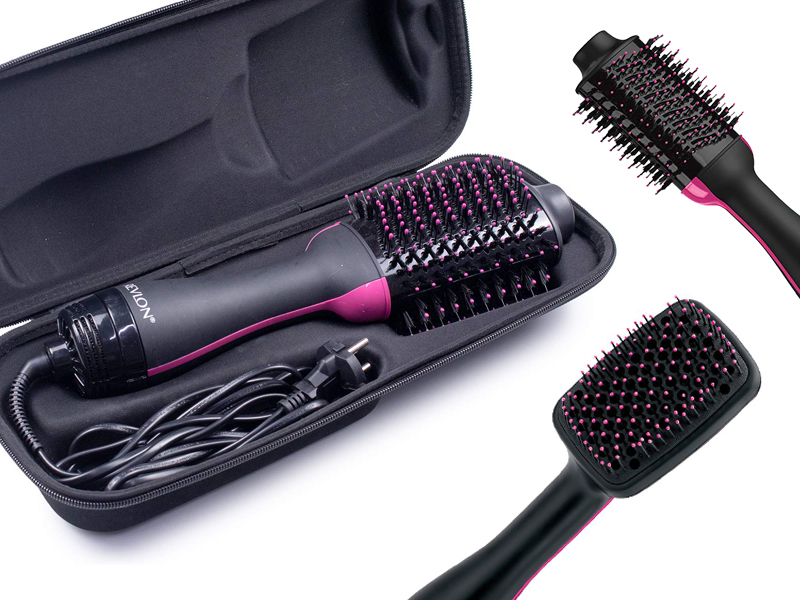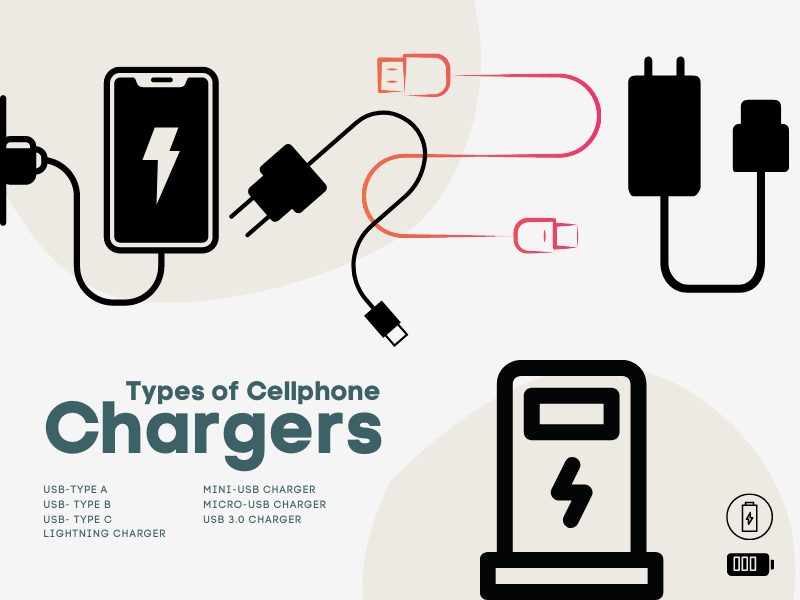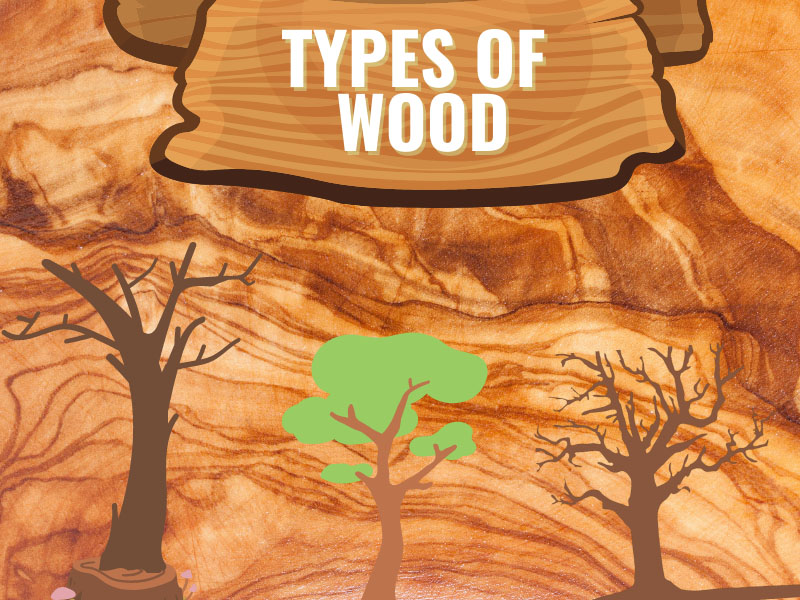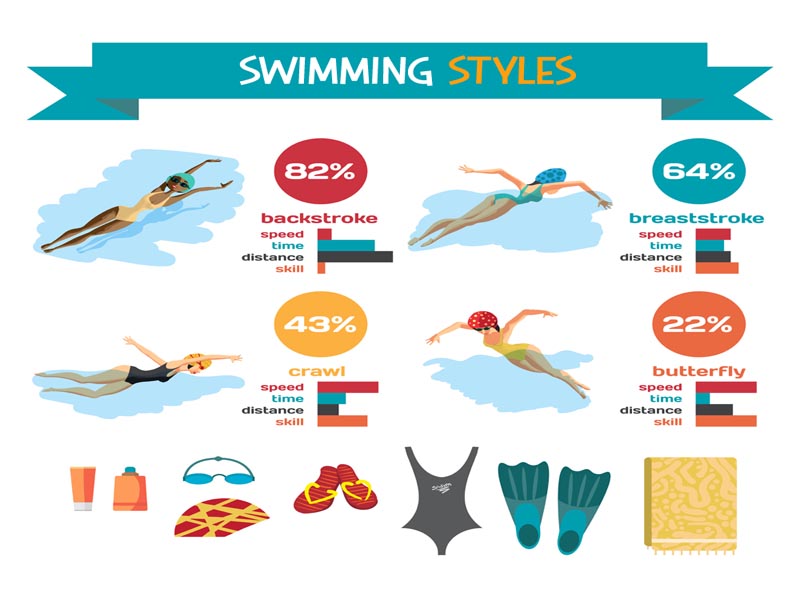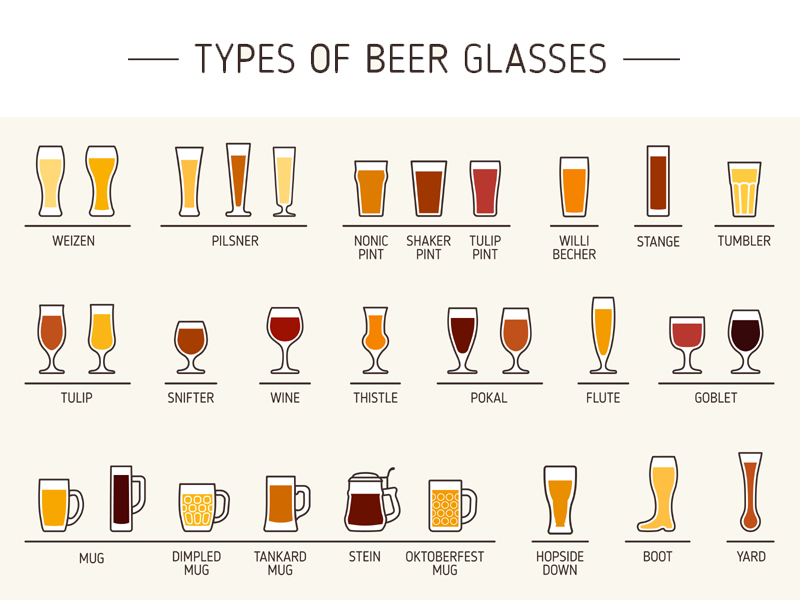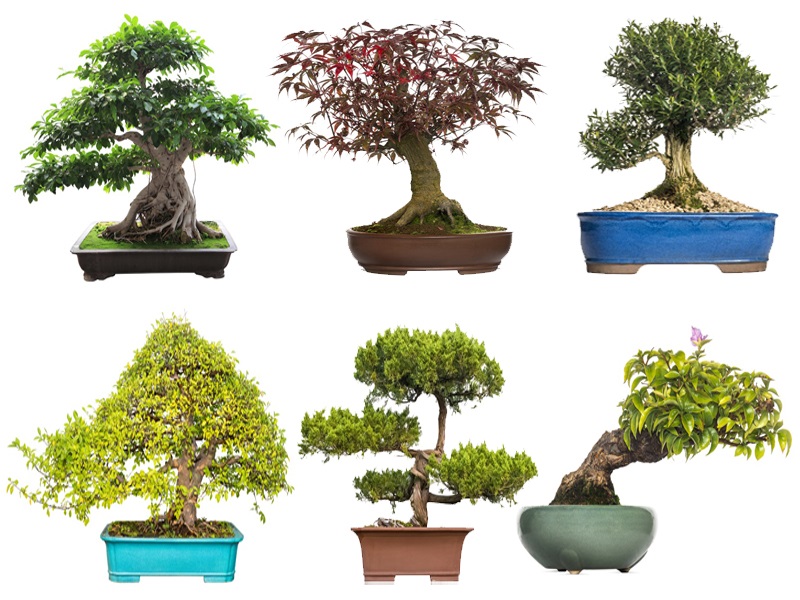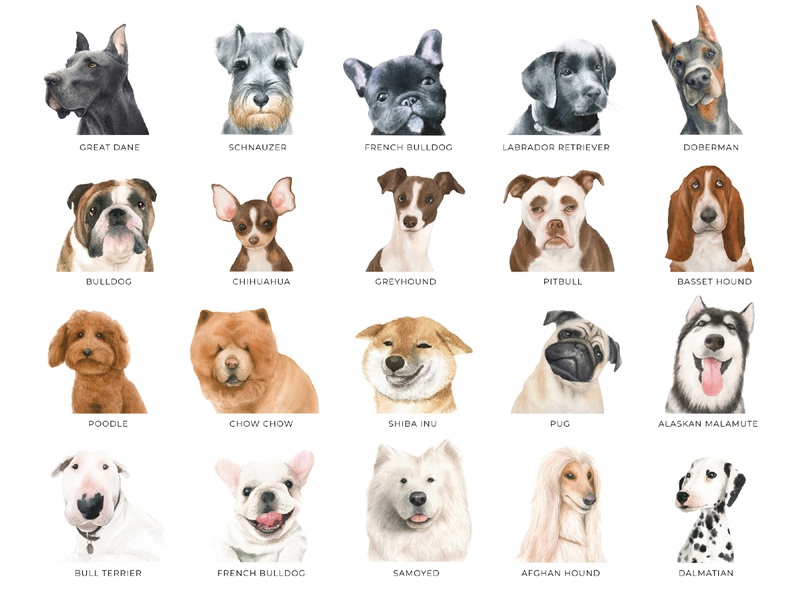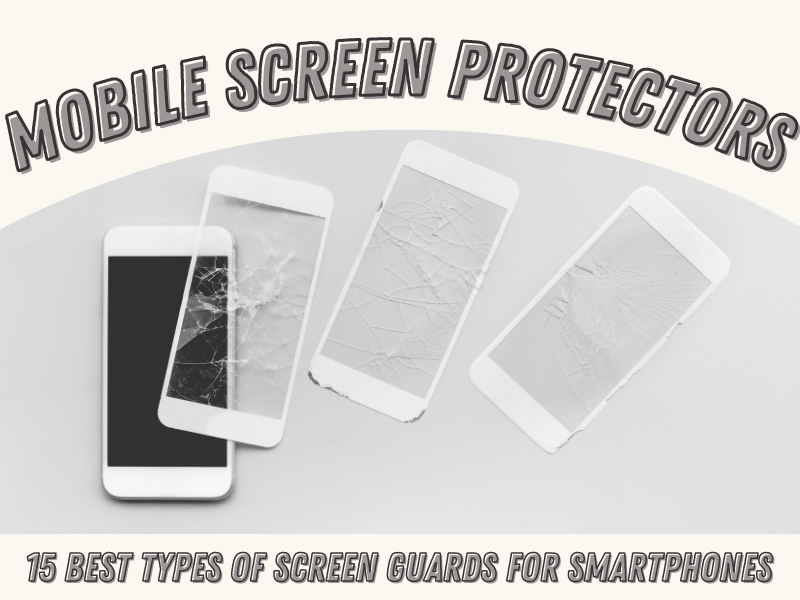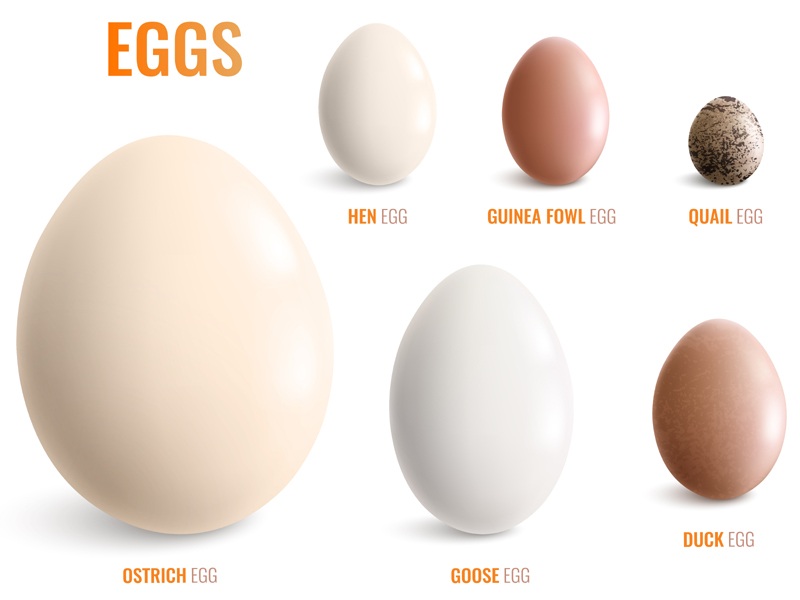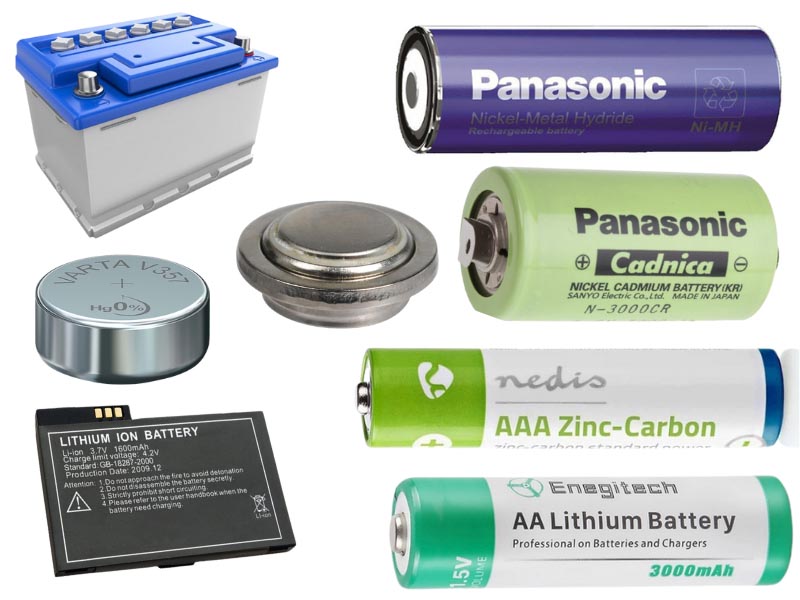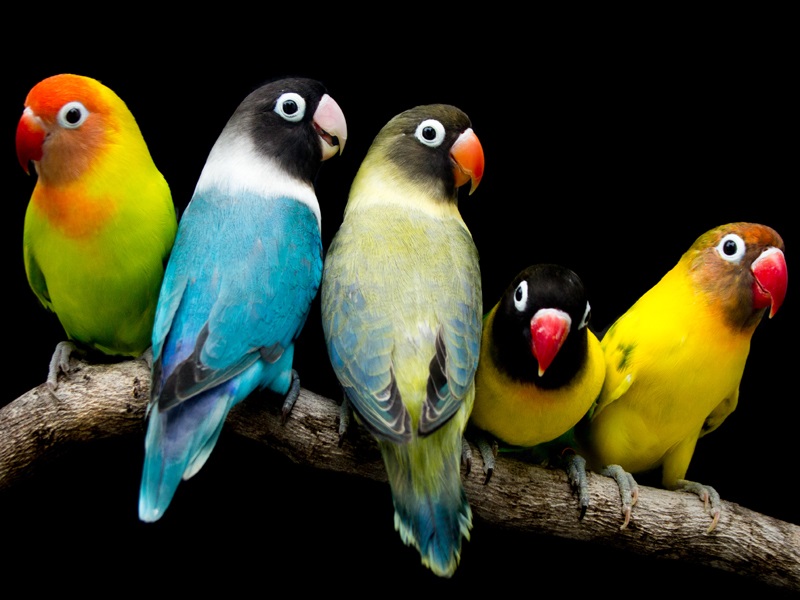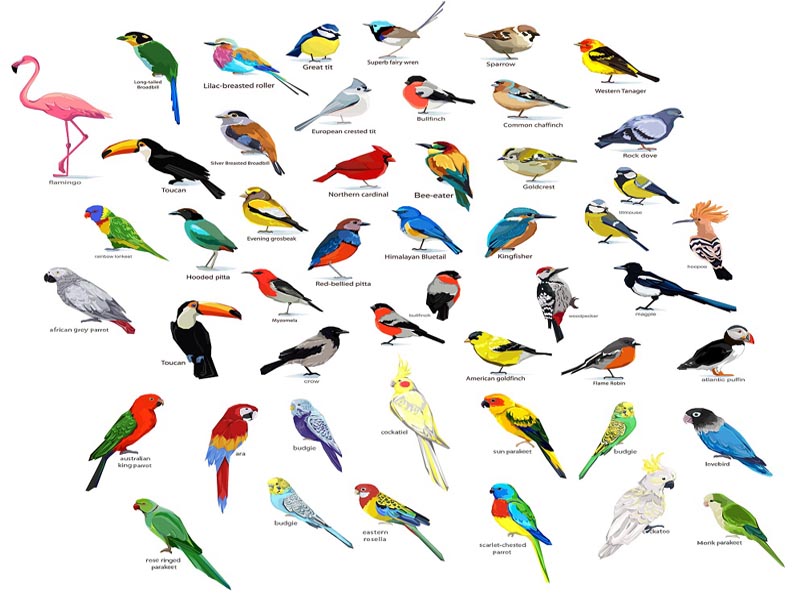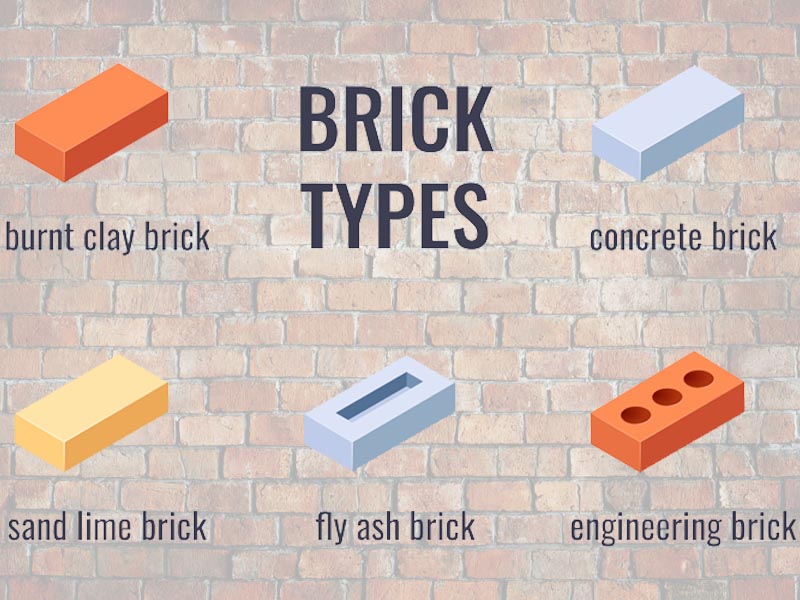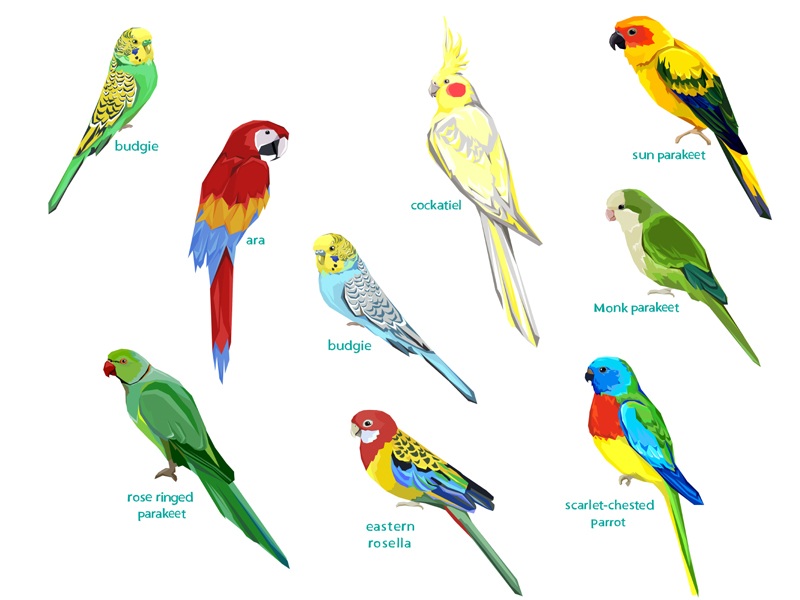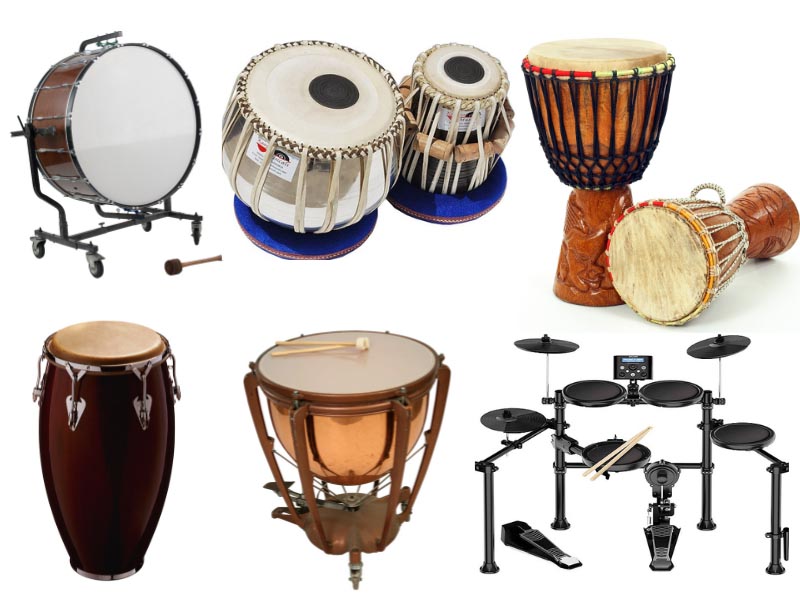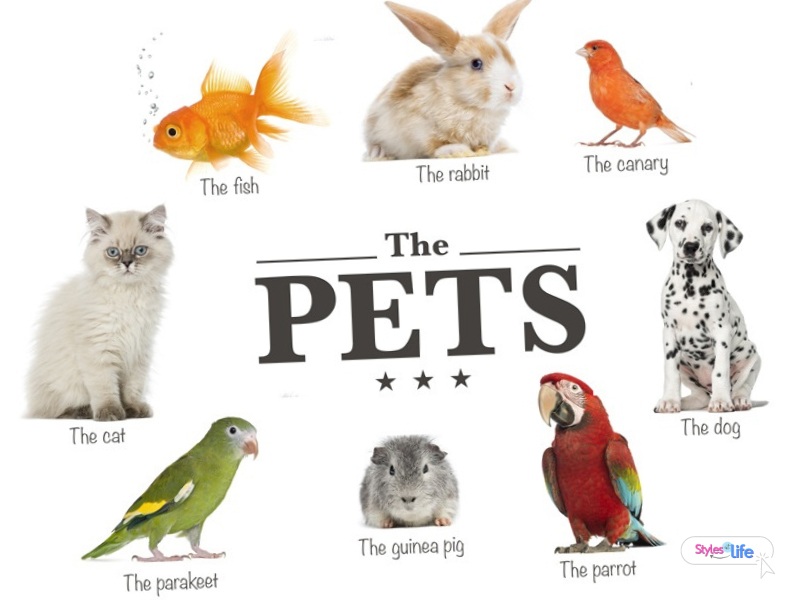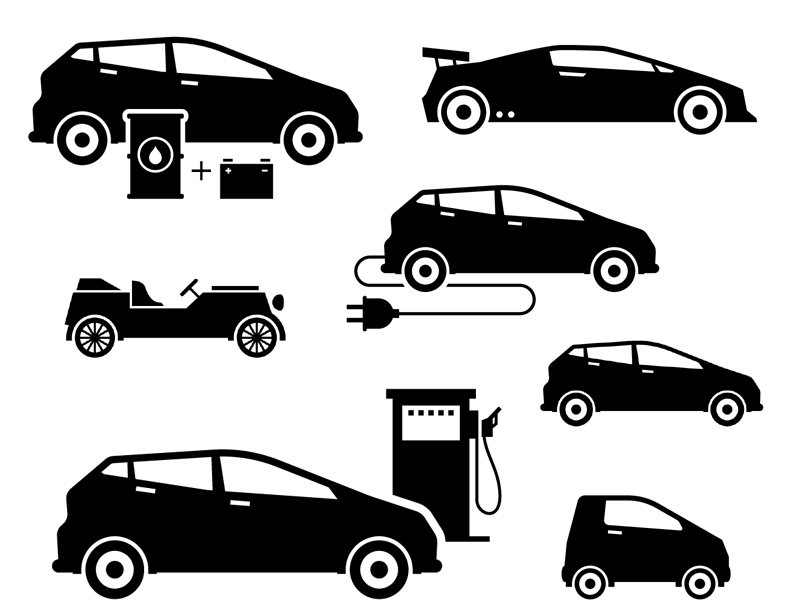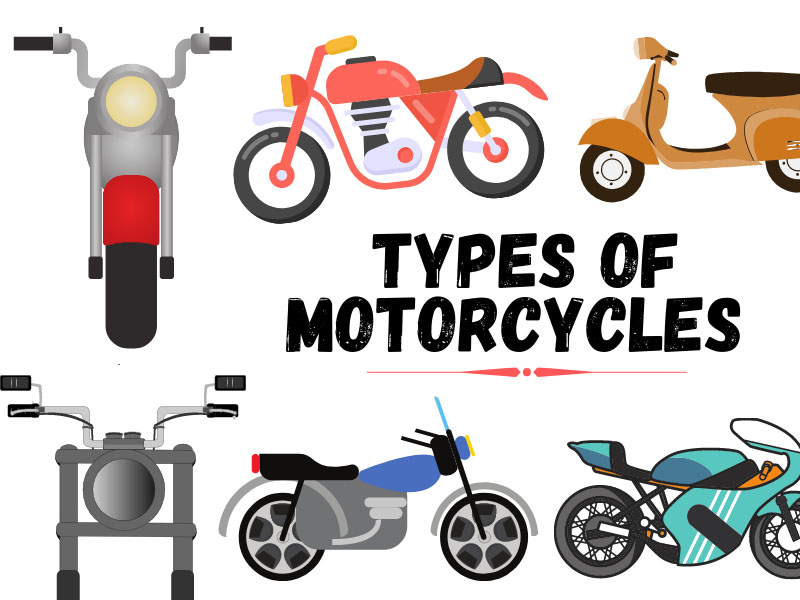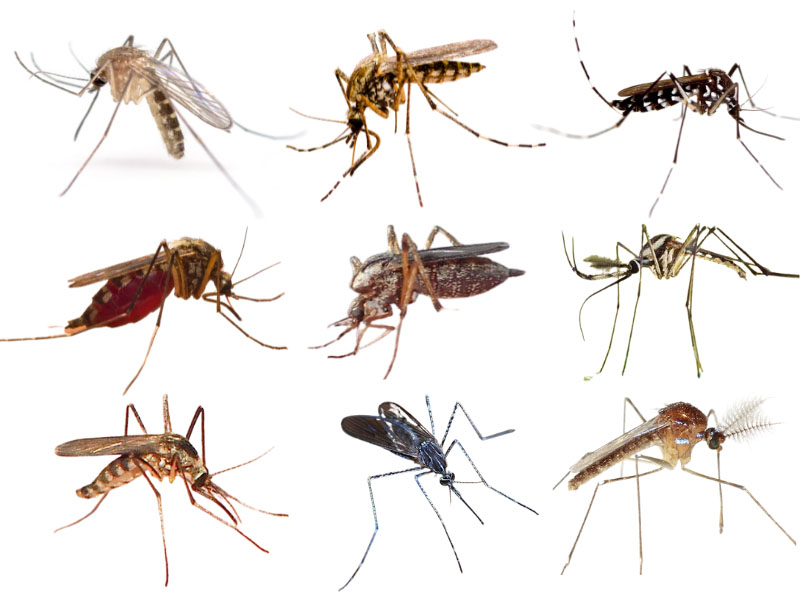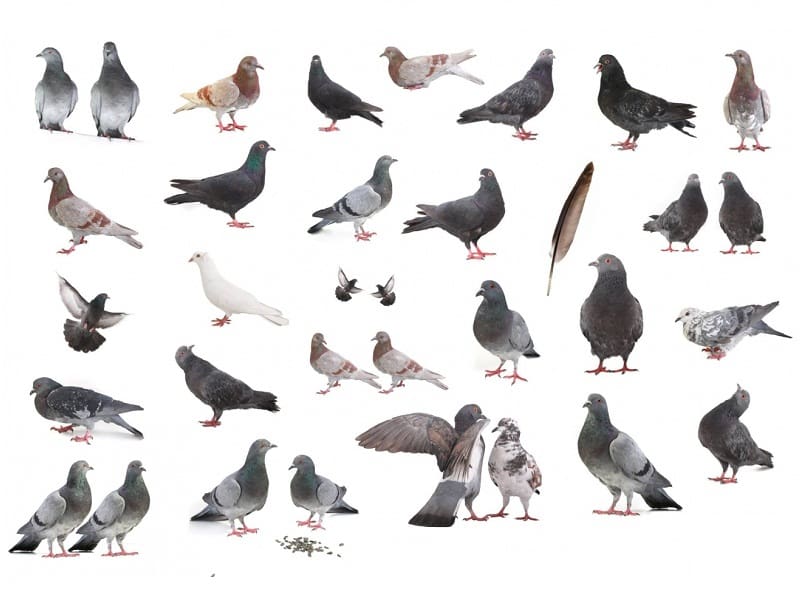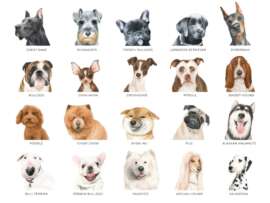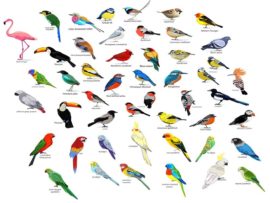There has been a lot of buzz in recent years around the types of robots, their capabilities, their abilities and how they can benefit humans. Robotics influence every aspect of work and home, transforming people’s daily lives and work practices to raise safety and efficiency. Because of their wide range of applications and varieties, robots’ commercial and industrial value will surge in the coming years. But have you ever wondered about the types of robots used in our daily lives? Then let us explore this article for more information.
What Is A Robot & Its History:
A mechanical device that can duplicate certain human functions electronically with the help of a computer is called a Robot. Whether simple or complex, it is designed to perform a function or series of operations automatically. Dynamic system modelling and analysis, biology, mathematics, physics, electrical and electronic engineering, automation technology, computer science and engineering are some of the disciplines used by a robot. In today’s industrial arena, the flexibility of a robot can perform a large variety of tasks and applications.
Different Categories Of Robots:
Today’s robots are generally grouped into six categories, while robotics applications vary greatly. Let us learn more:
- AMRs (Autonomous Mobile Robots):
AMRs make decisions in the near real-time as they move throughout the world. They require limited human input to do their job because they are mobile solutions.
- AGVs (Automated Guided Vehicles):
AGVs often require operator oversight because they rely on tracks or predefined paths. They are used in factory floors and warehouses to move materials in a controlled environment.
- Articulated Robots:
Also called robotic arms, Articulated robots emulate the functions of a human arm, hence the name.
- Humanoids:
Humanoids are used to identify robots that often take human-like forms to perform human-centric functions. In contrast, many mobile humanoid robots may technically fall under the AMR domain.
- Cobots:
The robots that function alongside or directly with humans are called cobots. These robots help workers accomplish tasks by sharing space or performing duties independently.
- Hybrids:
Hybrids are solutions that are formed by combining various types of robots. For example, you can create a robot for handling packages inside a warehouse by combining an AMR with a robotic arm.
See More: Types of Batteries and Their Applications
Best & Different Types Of Robots:
Here is the list of some of the best and different types of Robots available in the market:
1. Autonomous Robots:
Intelligent robots capable of performing tasks in the world by themselves without direct human control are called Autonomous robots. Space probes, self-driving vacuums and cars are the perfect examples of Autonomous Robots.
Autonomous robot technology has been pretty popular in cars where the vehicles are categorized based on different levels of automation. However, before considering it at the operation level, the car must meet a particular set of requirements at each level. Tesla, Waymo, Optimus Ride, Drive.ai, Zoox, and nuTonomy are building such vehicles.
2. Cobots:
Cobots or Collaborative robots are the kinds of robots that work in a shared environment with humans to perform tasks by operating in conjunction. For example, some cobots provide more accurate production batches because they are used for higher-quality inspection. Some examples of cobots are:
- Sawyer cobot arm helping greenhouse workers pick plants.
- Café X kiosk in Hong Kong has a Mitsubishi cobot that offers coffee.
3. Disaster Response Robots:
Robots that perform dangerous jobs like searching for survivors in the aftermath of an emergency and help in disaster sites are called Disaster Response Robots, hence the name. Some examples of disaster response robots or types of rescue robots are:
- Hyrodnalix’s EMILY is a 25-pound, four-foot remote-controlled robot that acts as a buoy-life boat with hybrid flotation.
- Shark Robotics’ Colossus helps haul firefighting equipment, transport wounded equipment, help in fire fighting, high-definition thermal camera to assess a scene and trigger its 360 degrees.
- Packbots were used to inspect damage at the Fukushima Daiichi nuclear power station after an earthquake and tsunami struck Japan in 2011.
4. Drones:
The drone is a type of unmanned aerial vehicle (UAV) designed to increase the capability of the launching ship without having a pilot on board. This type of robot is helping carry out many activities in several industries worldwide.
- China cleared the atmosphere of fog with the help of drones.
- DJI and Lehman Aviation Drones are used in ariel photography.
- Delivering inventory like medical kits even pizza is done with the help of drones.
5. Entertainment Robots:
Entertainment robots evoke an emotional response that makes us feel surprised or awe or laugh, hence the name. Some examples of entertainment robots are:
- A robot comedian, Robo Thespian.
- Navi Shaman, Disney’s theme park robots.
- Partner, musically inclined bots.
- Beijing’s National Centre for the Performing arts used four ABB robots that took the stage a few years ago.
6. Humanoid Robots:
Humanoid robots can mimic human behaviour and look like humans, hence the name. These robots are designed to look like humans even have expressions by having human faces. Therefore, they can perform activities like running, carrying objects and jumping like humans. Some notable examples of Humanoid robots are:
- Surena IV from the Iranian University of Tehran.
- Sophia by Hanson Robotics.
- Atlas by Boston Dynamics.
7. Industrial Robots:
Mechanical machines that can automatically perform production-related tasks in industrial environments are industrial robots. There are six types of Industrial robots, and they are:
- Articulated Robots: This robot has a mechanical configuration resembling a human arm. A twisting joint connects the arm to the base. There are two to ten rotary joints connecting the links in the arm, and it gets an additional degree of freedom with each joint.
- Cartesian: These robots use a Cartesian coordinate system with three linear joints. They can get additional rotational movement with an attached wrist. It delivers a linear motion along the axis with the help of three prismatic joints. They are also called gantry or rectilinear robots.
- SCARA: These robots are used worldwide for assembly because of unobstructed mounting and ease of use.
- Cylindrical Robots: These robots are used for spot welding, machine die castings and assembly. They have one prismatic joint connecting the links, and its base has a minimum of one rotary joint.
- Delta Robots: These robots have acute control arms that position the wrist because they use three base-mounted motors, also called “spider robots.” These robots are available in 3, 4 and 6-axis models.
- Polar Robots: These robots have a combination of two rotary joints, one linear joint where the arm is connected to the base with a twisting joint. There is a creation of a spherical-shaped work envelope with the polar coordinate system. Therefore they are also called spherical robots.
8. Space Robots:
The robots used exclusively in several outer space missions are called Space robots, hence the name. For example:
- The texture is a robotic arm that helps install and replace small equipment such as exterior cameras or 100 kg batteries used on space stations with its design.
- It replaces Station’s electrical systems and tests new tools and robotic techniques by replacing defective components.
- Robonaut 2 carries out experiments.
- Dawn is a space exploration space bot that has orbited a dwarf planet.
- Curiosity and Perseverance – Mars rovers.
9. Exoskeletons:
Robots used for physical rehabilitation and enabling paralyzed patients to walk again are called Robotic exoskeletons. They give the wearer added mobility, capacity to carry heavy loads, endurance, and some have industrial and military applications.
10. Consumer Robots:
You can buy robots for fun or help you with chores and tasks are called Consumer robots. Examples of consumer robots are:
- Robot dog Aibo.
- Roomba vacuum.
- AI-powered robot assistants.
- Robotic kits and toys.
See More: Types of Motorcycles Styles Names
11. Medical Robots:
The robot system that helps streamline hospital logistics, enable providers to give more direct attention to patients, assist with surgery are called medical and healthcare robots. Some of the examples of Medical robots are:
- Da Vinci surgical robots.
- Bionic prostheses.
- Robotic exoskeletons.
- Watson, the IBM question-answering supercomputer.
12. Research Robots:
As the name suggests, research robots are robots born in universities and corporate research labs. These robots are primarily intended to help researchers do research and may do valuable things.
13. Military and Security Robots:
Ground systems like Endeavor Robotics’ PackBot that can scout for improvised explosive devices in Iraq and Afghanistan are called Military robots. These types of military robots like BigDog helps troops carry heavy gear with their design. In addition, autonomous mobile systems such as Cobalt are security robots.
14. Pre-programmed Robots:
Robots that operate in a controlled environment perform simple, monotonous tasks are pre-programmed robots. For example, a mechanical arm on an automotive assembly line is a perfect example of a pre-programmed robot. The function of this arm is to wield a door that helps insert a specific part into the engine. It also performs a task more efficiently than humans, longer and faster.
15. Augmenting Robots:
Robots that either replace the capabilities a human may have lost or enhance current human capabilities are called Augmenting robots. Science fiction might become a reality soon with the ability of bots to redefine humanity’s definition with the help of the field of robotics for human augmentation. Some examples of augmenting robots are:
- Robotic prosthetic limbs.
- Exoskeletons to lift heavyweights.
16. Teleoperated Robots:
Semi-autonomous bots that use a wireless network that enables human control from a safe distance are called Teleoperated robots. Extreme geographical conditions weather circumstances are usually the places these robots work. Examples of types of teleoperated robots are:
- Human-controlled submarines to fic pipe leaks during the BP oil spill underwater.
- Drones that detect battlefield landmines.
17. Educational Robots:
Different types of educational robots available in the market deepen their knowledge in programming while helping them learn other cognitive skills of students of all ages. Examples of educational robots are:
- Makeblockm Bot.
- Robo Wunderkind.
18. Agricultural Robots:
The types of robots that automate slow, repetitive and dull tasks for farmers are called agricultural robots. These robots help farmers focus more on yielding productive results. Harvesting, weed control, and picking are the most common robots in agriculture. Examples and prototypes of Agriculture robots include:
- Merlin robot milker.
- Rosphere.
- Harvest automation.
- Lettuce bot.
- Weeder.
- Orange harvester.
- Milk bot.
Interesting Facts About Robots:
Here are some facts about robots that you might find interesting. Go through them:
- In 1981, a robotic arm crushed a Japanese factory worker, known as the first known case of robot homicide.
- Japan uses nearly half of more than the million industrial robots in use.
- The first robot was built in the fifth century BC by Archytas of Tarentum, a pal of Plato’s.
- iRobot, the manufacturer of PackBot’s, sold more than 2 million Roomba robotic vacuum cleaners that have the same environment-sensing technology as PackBot.
- Westing house built the world’s first humanoid robot Elecktro which debuted in 1939. This robot was stored on 78-rpm records to simulate conversation, spoke more than 700 words and was seven-foot-tall.
- Australian researchers are building a microrobot. That would mimic the swim stroke of E.coli bacteria to help them take a biopsy from the inside after being injected into the patient.
- Cybernetics professor Kevin Warwick had computer chips implanted in his left arm, which helps him remotely operate electronic wheelchairs doors and calls himself the world’s first cyborg.
Knowing the different types of robots available in the market will help you select the best machine, whether you are tackling implementation yourself or working with a reputable system integrator. Furthermore, we hope the information we provided you in this article will help you make an informed decision. Finally, don’t forget to let us know if you found this article helpful!
FAQs:
1. Which is the most popularly used industrial robot?
The most commonly used industrial robot is the cartesian robot. It is typically used for CNC machines or 3D printing.
2. What are some of the household robots we use every day?
Different types of robots that help humans perform daily chores effortlessly and quickly are cooking bots, lawn-mower, or vacuum cleaners.
3. What are the fields that use robotics?
The top five fields that utilize robotics are as follows:
- Health care.
- Food preparation.
- Agriculture.
- Military.
- Manufacturing.
Disclaimer: The content of this article is based on research and not a replacement for a professional opinion. The website is not responsible for the accuracy and authenticity of the information.


